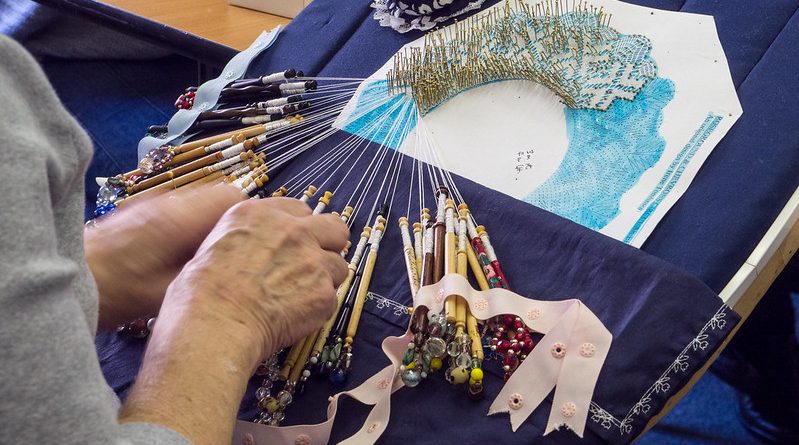The Handmade Delights of Crete
Crete’s rich history, abundance of quality materials and produce, and high regard for tradition and traditional crafts make Crete’s handicrafts some of the world’s finest.
Lace
Lace making in the Greek islands can be traced back to ancient times, practiced by women of ancient Crete. It was reintroduced to the Crete villages from the West during the Renaissance.
Cretan embroidery is noted for its exquisite variety of colour, symbolism and varying techniques. The most notable classic techniques of Cretan embroidery are grafta, which involves patterns drawn freehand onto the fabric, and Metrita-xombliasta, made by counting the threads in the fabric. Both these techniques and others are employed to create exquisite embroidered pieces.
Food products
Honey, olives and olive oil, herbs, jams and marmalade all highlight Crete’s reputation for unique artisan homemade foods famed for their quality and freshness.
Cretan Knives
Traditional Cretan knives have always been a big part of the Cretan culture and they are special souvenirs to take back home with you. The Cretan knife, inseparable companion of every Cretan in the old times, accompanied the Cretans wherever they went, either as travelers or as immigrants, but also as soldiers. Cretan knives have a great sentimental value as they are considered symbols of Cretan gallantry and represent the spirit of Crete’s resistance against any conqueror.
All Cretan knives are hand made with a stainless steel blade and there is a selection of handles to choose from, such as olive wood or tortoise shell. A mantinada, a poem of sorts, is engraved on the blade, which usually expresses the feelings of the one giving the gift. Offering a Cretan knife is considered to be a symbol of everlasting friendship.
Ceramics and Pottery
Ceramics have been an important handicraft in Crete ever since Minoan times.
The finest achievements came in the Late Minoan period, with the palace pottery called Kamares ware, and the Late Minoan all-over patterned marine and floral styles. These were widely exported around the Aegean and sometimes beyond, and are the high points of the Minoan pottery tradition.
Cretan villages such as Margarites, near Rethyminon carry a tradition of pottery.
Sponge
Natural sponges have been used for thousands of years, due to their unique properties, that make them ideal for use in the bath and for everyday personal hygiene.
Olive Wood
This has been used since antiquity in the Mediterranean and is popular because of its durability. Because of the value of Olive cultivation to the Greek economy, Olive trees are rarely felled, making the wood from the tree pretty expensive. However, when the trees are pruned, the off-cuts are used to make small utensils and trinkets, and due to the abundance of off-cuts, these can be sourced relatively cheaply in Crete.




